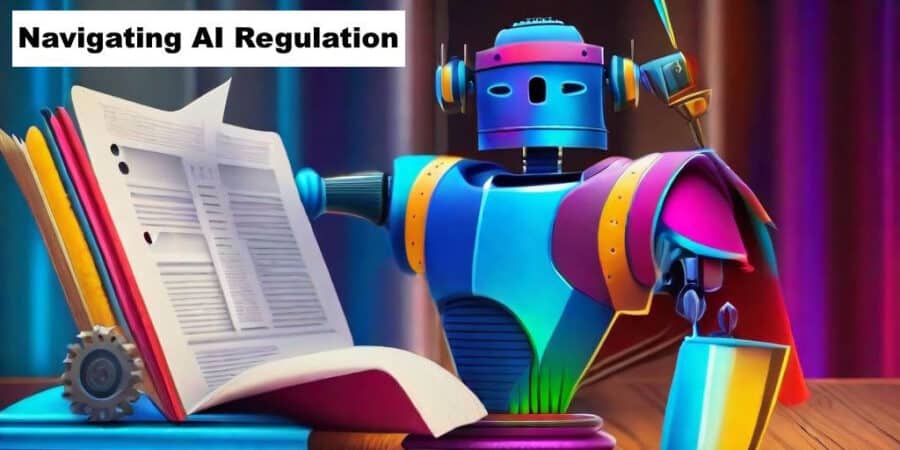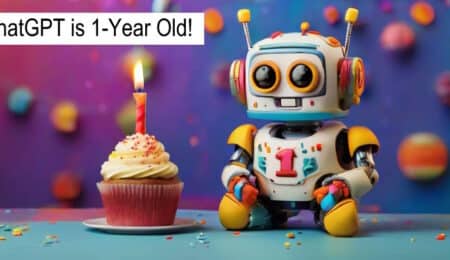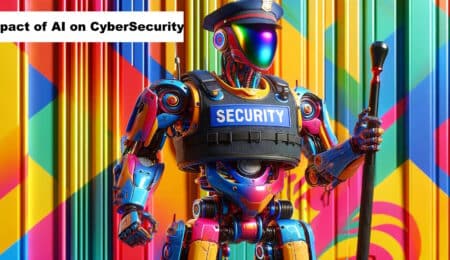In the vast expanse of technology, AI stands as the modern-day frontier, shaping our futures and revolutionizing countless industries. This transformation is akin to the tech surge of the 2000s or even the monumental Industrial Revolution. While some celebrate its potential, others eye its advancements with caution. Regardless of where one stands, the sheer impact of AI on work, communication, and society is undeniable.
Highlighting its profound influence, venture capital investments in generative AI saw a staggering 425% growth over the past three years, touching a whopping $4.5 billion in 2022. This frenzy isn’t just a numbers game. Leading consultants such as KPMG and Accenture are pouring resources into AI, airlines are refining their operations, and biotech giants are leveraging AI to combat severe diseases.
Yet, with every innovation comes scrutiny. Figures like Lina Khan of the Federal Trade Commission emphasize the potential risks AI presents if not appropriately governed – fraud, automated biases, and even price manipulation.
A memorable instance of this regulatory focus was Sam Altman’s address to Congress. As the helmsman of a leading AI startup, he stressed the need for a cooperative regulatory dialogue between public and private sectors. Joined by other tech pioneers, Altman underscored the urgency of AI’s global implications, likening its potential threats to that of pandemics or nuclear war.
Herein lies the challenge: tech enthusiasts advocate for a flexible framework to keep innovation’s momentum going, while government bodies aim for tighter controls to shield the public. But have we considered the solutions we’ve already implemented in the past?
Recall the dawn of the internet and social media. Instead of stifling tech with rigid rules, the U.S. designed a diverse policy mosaic incorporating age-old principles – intellectual property, privacy, cybercrime, and more. These regulations aren’t just relics; they’re adaptable, drawing from technological norms and endorsing them across budding tech arenas. This ensures operational standards are upheld by reputable organizations.
Take the case of SSL/TLS protocols, which act as a security shield for online data transfers, complying with regulations such as the CCPA. Behind these protocols are certificate authorities, ensuring data’s genuineness and security.
AI deserves a similar approach. Stricter standards might sideline all but the top players, leading to an uncompetitive landscape. An ideal alternative? An accessible SSL-inspired certification standard, overseen by neutral bodies. Such a system would promote transparency, clarifying AI’s use, underlying models, and their trusted origins. It’s a partnership where governments co-create and advocate for universally accepted standards.
Fundamentally, regulations exist to safeguard pivotal tenets – consumer privacy, data safety, and intellectual property. We’ve achieved this balance with the internet, and there’s no reason AI can’t follow suit.
Historically, we’ve struck a balance between protective oversight and fueling innovation. The acceleration of technology shouldn’t divert us from this path. When it comes to AI regulation, let’s use the well-worn wheels we’ve already crafted, rather than start from scratch amidst a divisive political landscape.




